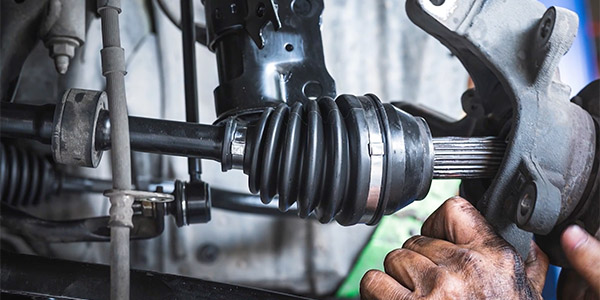Dead catalytic converters are usually overheated or poisoned. Catalytic converters usually become overheated due to incomplete combustion resulting in too much unburned fuel entering the catalytic converter. When unburned fuel enters the converter, it gets burned up. If you add too much unburned fuel, the converter will move past its thermal operating limits, and the precious metals in the catalyst formulation will pool together in a process referred to as sintering or metal migration.
When those precious metals are pooled together, you’ve got fewer locations available for that catalytic reaction to take place. With less locations available for the catalytic reaction to take place, the total amount of pollution in the converter can remove is drastically reduced and the converter triggers a catalyst inefficiency code, letting you know that it’s no longer working correctly.
If the converter is overheated due to a misfire or incomplete combustion that takes place due to a leaking injector or overly richly in fuel trims, then the converter loses its efficiency due to a lack of interior surface area, and it no longer cleans the air. The precious metals are still in the converter, so you can sell it to the scrapper for full value, but they’re no longer in that right physical configuration for effective catalyzing of exhaust gases. They need to make contact. And if they’re pooled together, you have less surface area, so less contact takes place.
Sometimes something coats the surface of the converter or plugs up the cells like ash, oil, silicone, or phosphorus from anti-freeze being introduced into the combustion from a head gasket leak. If the catalyst is coded or poisoned, then it can’t make contact with the gases and the catalytic reaction won’t take place. A catalyst inefficiency code will be triggered and the check engine light will come on.
Again, the precious metals are still there, but they can’t make contact with the gases so the code is thrown. A catalytic converter needs the right kind of exhaust feed gas to work correctly. Only engines that are operating close to stoichiometry supply that right feed gas.
The further you are from stoich, the more likely you are to have an issue that’ll eventually throw a cat code and potentially destroy your converter.
This video is sponsored by AP Emissions Technologies.













